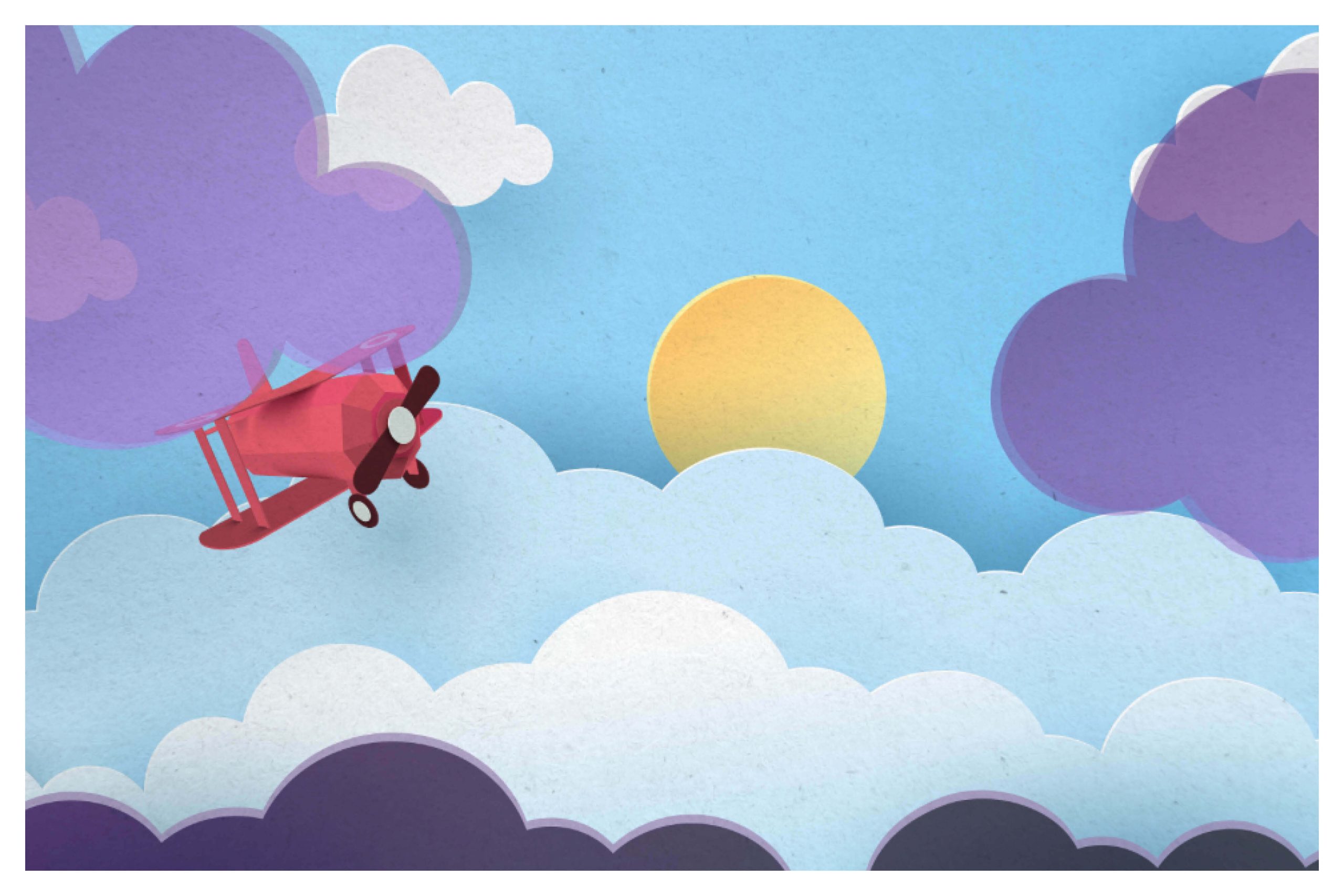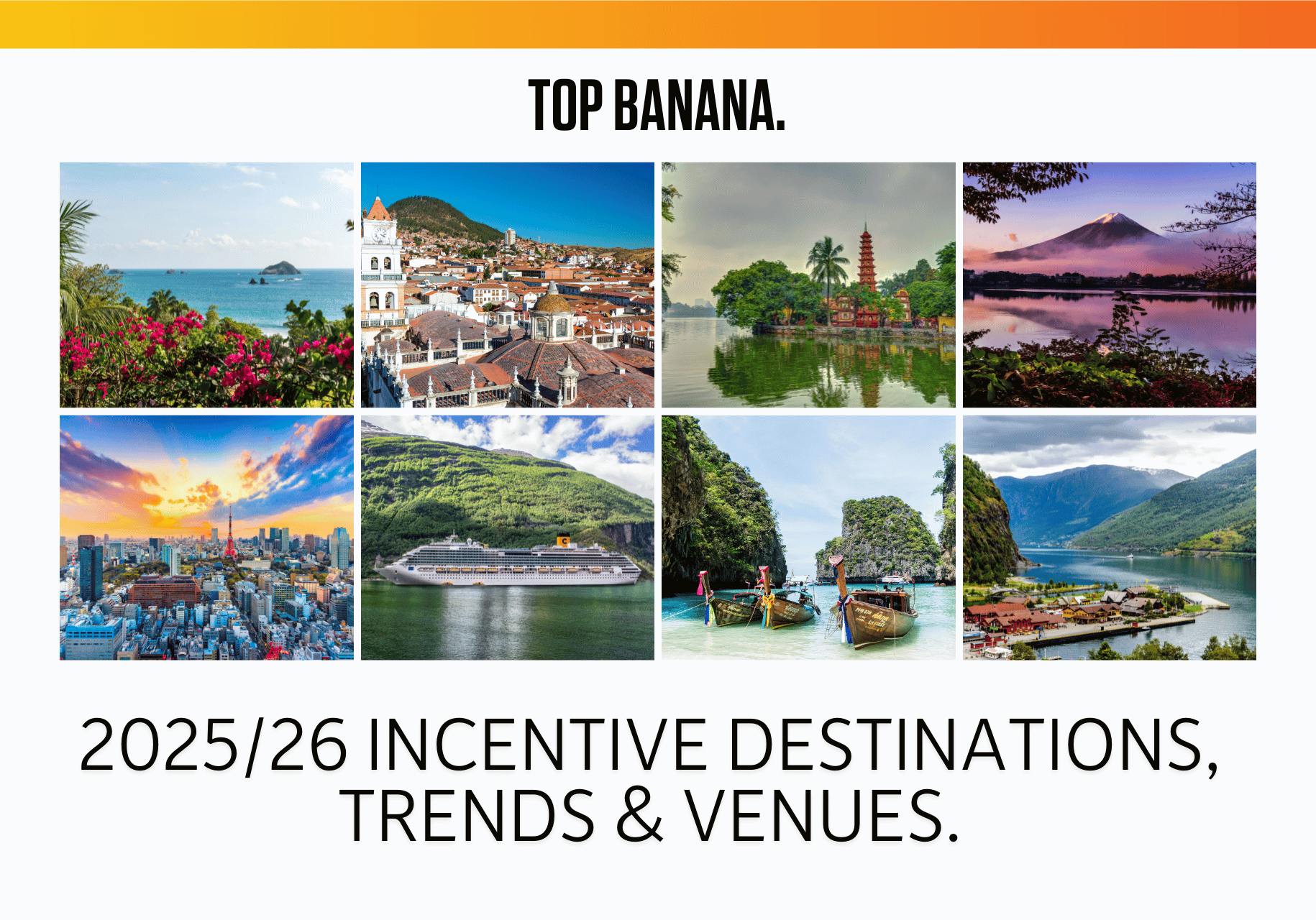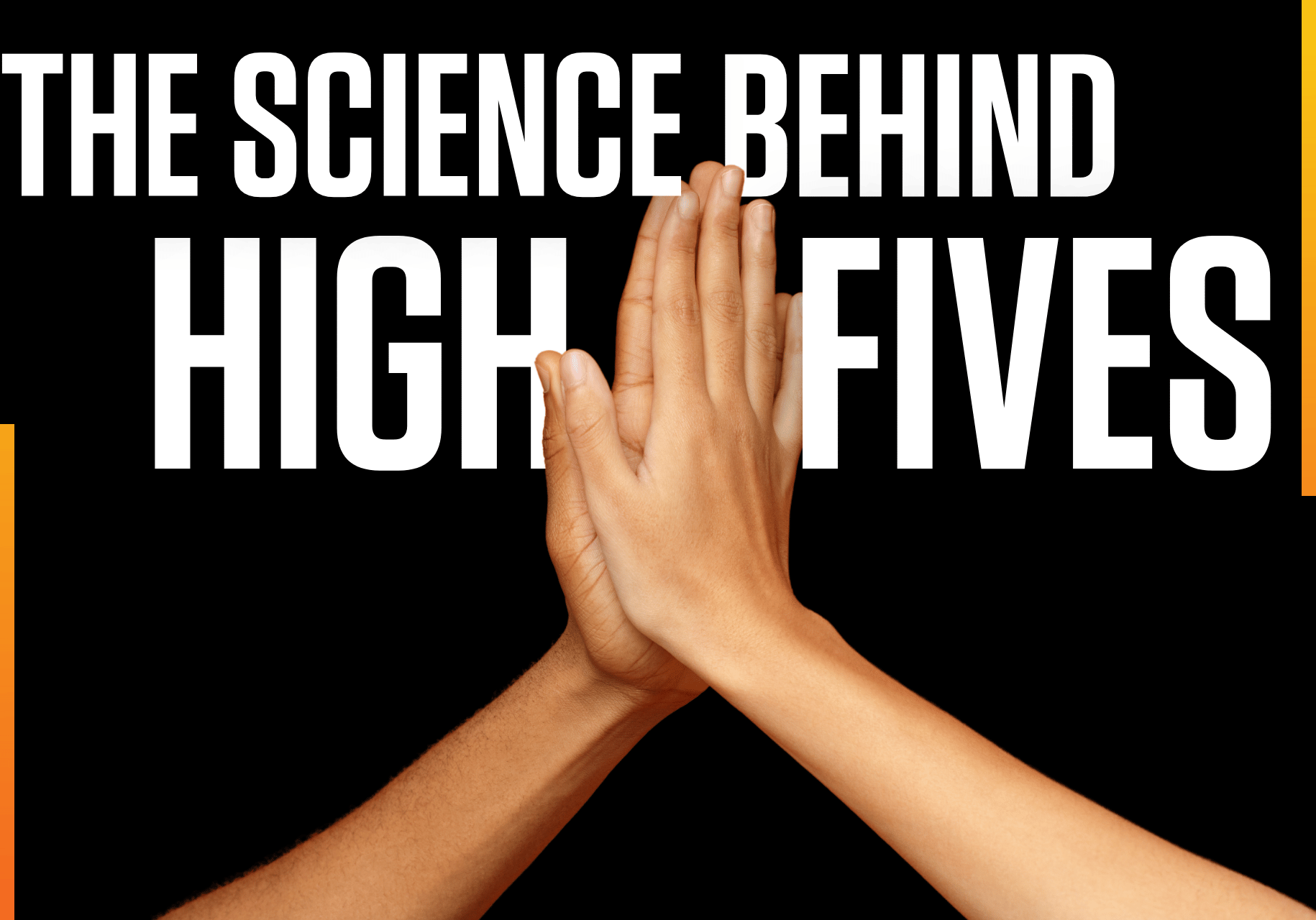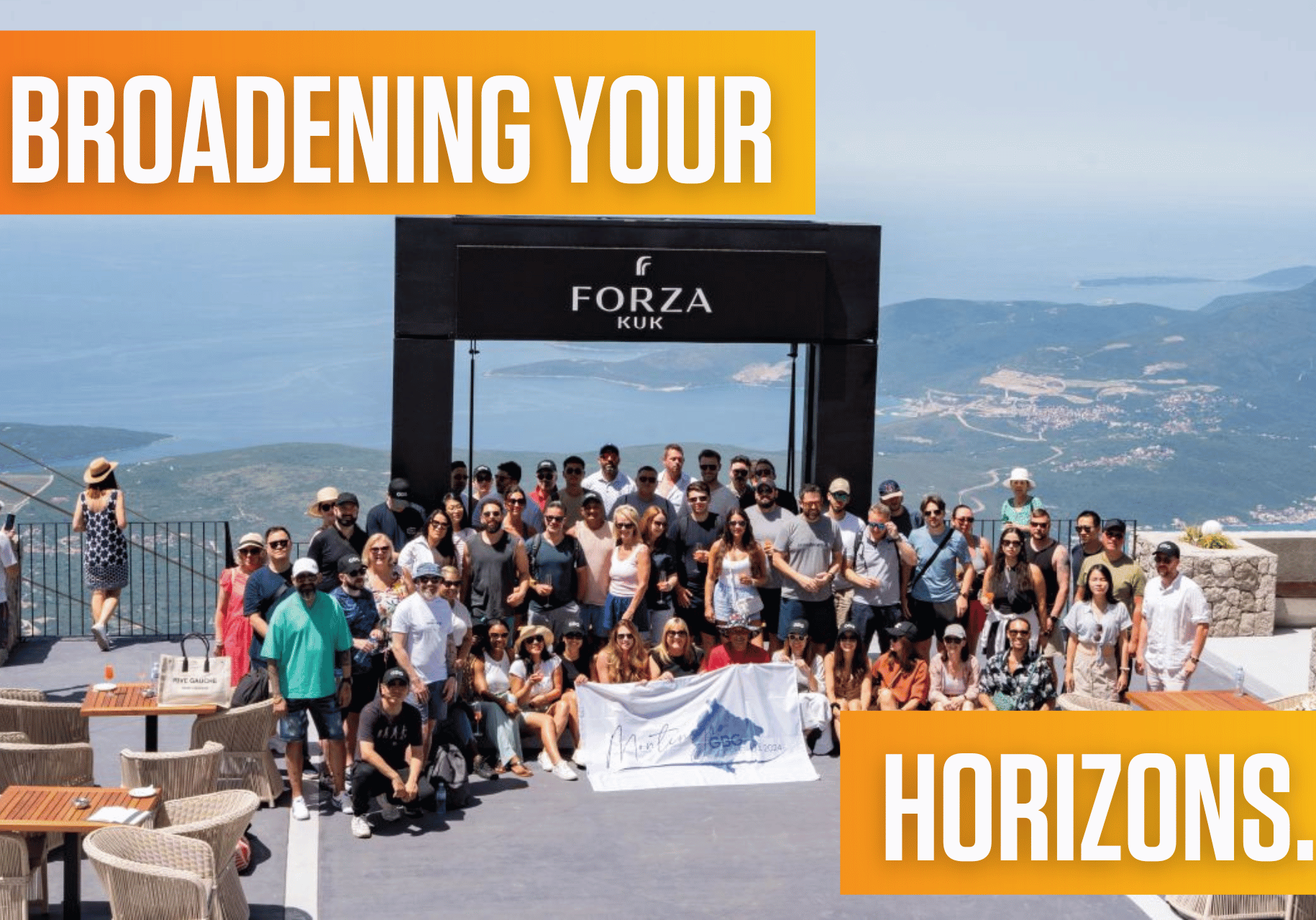UNLOCKING CREATIVITY.
AS A FULL-SERVICE COMMUNICATIONS AGENCY, WE KIND OF RELY ON THE CONSTANT CREATIVITY OF OUR PEOPLE TO KEEP THE LIGHTS ON.
Without a stream of ground-breaking ideas to deliver to our clients, what are we? After all, creativity is what we sell...
We caught up with our Art Director Dave Pinches, who is renowned for coming up with the goods when it comes to weird and wonderful solutions to the most far fetched briefs. As well as churning out the good stuff as part of the Top Banana team, he also teaches art students and mentors our apprentices – who better is there to learn from?
So Dave, what’s the secret? How do you get in the zone and unlock your most creative thoughts?
“Firstly, there is no secret I’m afraid. It’s all about getting to know yourself and where you get your energy from. The only thing that stands in the way of our creativity is ourselves and the barriers we put up – whether it’s fear of failure, daily distractions or the simple inability to connect with yourself.
Media error: Format(s) not supported or source(s) not found
Download File: https://www.top-b.com/wp-content/uploads/2023/08/Under-The-Skin-Social-Post-V1.mp4?_=1Download File: https://www.top-b.com/wp-content/uploads/2023/08/Under-The-Skin-Social-Post-V1.mp4?_=1I like to think about curiosity as opposed to creativity. Creativity can be quite an intimidating word. Think about kids… they have the most incredible imagination and it’s because they’re still so curious. They would look at a pint of water and think ‘What could I do with that?’, but an adult doesn’t. Somewhere along the line, most of us lose our curiosity. Being creative is just about getting the curiosity back.”
Chatting to him further, we uncovered a little more and even learnt the importance of time and space and being mindful. Our favourite quote from him after pressing into what he does with his own time – “Sometimes I just hang up the washing and watch it blow.” An artist to his very core, Dave really does see the beauty in everything. But when it comes to getting his head down at work, he is more structured than you might think.
Here’s what we learnt, and there’s something we can all take away here around focus and defining objectives, even if you don’t deem your role to require any kind of creativity at all.
SETTING A FRAMEWORK FOR YOUR INITIAL THINKING.
“There’s a myth around creatives wanting free reign… the hardest thing we can hear is something along the lines of ‘Go crazy, take a blank page and do whatever you feel.’ That makes the outcomes entirely subjective, because what I might think is a great idea, you might feel completely the opposite! You need to find the order in the chaos and that’s easily achieved by some simple questions.”
- Look and feel; are there brand guidelines to work with? If we have a fixed font, that’s going to save a lot of time and energy further down the line
- Language; do we have a set tone of voice? And well-established straplines? Commonly recognised words that reflect your culture? Values alone can do a great job here.
- Objectives; what are we setting out to achieve? Have we set measurable objectives? What’s the purpose? What’s the message? What are you trying to get creative for?
If Dave has an answer to these questions up front, then he can go and play… and he used a beautiful analogy to explain it.
“When I used to take my daughter to the park, we’d head to the play area, and it was fenced in. Once she was over that fence she’d know she was safe to roam free, because the boundaries were clear.”
PROTECT YOUR ENERGY.
Surprisingly, for someone known for creativity, Dave is incredibly self-disciplined. Working in a fast-paced agency environment, he is careful how he uses his time and is mindful of where he puts his attention. He talked us through his 2 hour ‘play’ sessions… after which he’ll have some initial ideas to share.
- 50 mins: “I use this initial time to just explore the brief and immerse myself in the project. I might think about things I’ve seen, experienced, heard about from friends, or I might scroll through magazines or online for inspiration. I scribble any ideas I have down on a piece of paper and generally feed myself at this stage.”
- 10 mins: “I take a break… I go for a walk, make a cup of tea and have a stretch. When I do this in the office people recognise it as my stretch time (they’ll often see me doing it in the car park!). I need this to reflect and create space for the next stage.”
- 50 mins: “I return to my work and focus back in. I look at what ideas are popping out at me and work out where to invest my time in developing them.”
- 10 mins: “I sit with my best ideas and prepare to feed them back in for a sense check to see if I’m on the right track…”
ACCEPTING WHEN IT’S JUST NOT HAPPENING AND WHAT TO DO ABOUT IT!
So, the magic happens in 2 hours? “No, no, this is just my initial thinking time… there’s a lot that happens after this stage before a client will see any output.”
But what if it goes wrong? What if no ideas are popping out and you have nothing to work with? Of course this happens… so Dave has some top tips for when you hit a creative wall (which by the way, is a term he disagrees with… Dave views this as simply running into yourself.)
Don’t judge yourself – just because you haven’t nailed it first time doesn’t mean you’re no longer good at what you do. I always teach my students; “You are not the work you create, it doesn’t represent you.” You have to be able to separate… if people don’t like your work, it doesn’t mean they don’t like you!
Take your time before you return to it – maybe today isn’t the day… so don’t force it if it’s not working for you, take a proper break before you come back for round 2.
Talk it over – if you’re struggling, chat the ideas you do have over with someone, you might find one word from them is the trigger you need to make it all come together.

THE IMPORTANCE OF COLLABORATION.
Not everyone works as well in isolation as Dave does, and often, creatives do team up and work in partnerships or small teams. If you are working with others, Dave has some thoughts to share to get the best from each other;
- Establish trust; you’re always going to get more from each other of there is trust in the relationship. If you need to discuss this before you dive in, don’t be afraid.
- Know your strengths; is someone there because they know the client better? Does someone have more experience in one place than the other? Discuss where you can help each other to win.
- Identify your blind spots; don’t be afraid to call out each other’s misses with questions and statements like… “Have you thought about… / Maybe we should look into…?” and speak up if an idea needs more consideration before you explore it fully.
- Have fun; it can be much more fun working with someone else than alone, so make the time to enjoy the process – have a laugh, stretch together and share your snacks!
So there it is, the secret to not unlocking creativity, but awakening your curiosity. “You can’t measure creativity, but you can ask yourself everyday… ‘Was I curious? Did I listen? Did I explore potential?’”
Thank goodness Dave remains continually curious, bringing brief after brief to life for our clients #bringittolife #TeamDave



